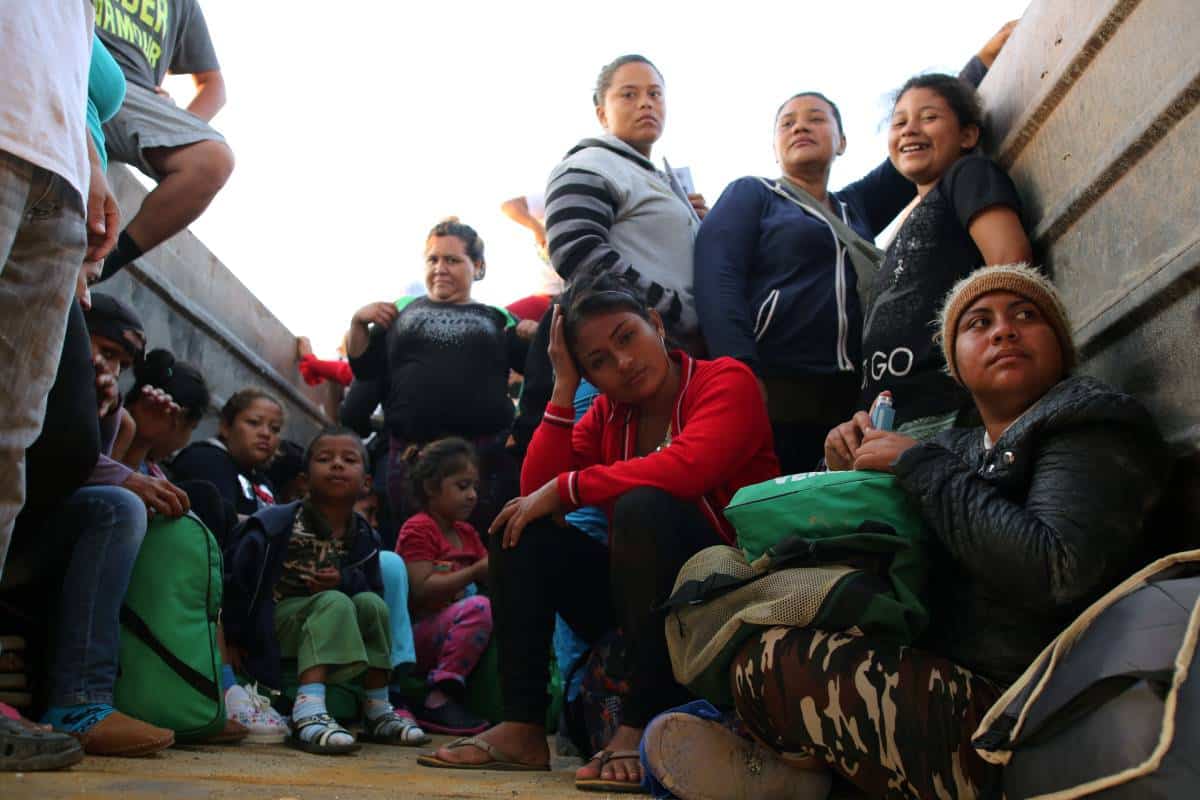Immigration policy in the United States has long been a subject of heated debate, often reflecting the tension between national security and the values of diversity and humanitarianism. As we examine these 21 key points, think about how these policies balance protection with potential prejudice, and consider their impacts on both individuals and broader societal structures.
1. Biden’s Reversal of Trump’s Policies

Upon taking office, President Joe Biden reversed several of Donald Trump’s key immigration policies, including the travel ban on several predominantly Muslim countries.
2. End of Migrant Protection Protocols

Biden ended the Trump-era Migrant Protection Protocols (MPP), also known as the “Remain in Mexico” policy, which required asylum seekers to wait in Mexico while their claims were processed in the U.S.
3. Reinstatement of DACA

The Deferred Action for Childhood Arrivals (DACA) program, originally introduced by President Barack Obama in 2012, was reinstated by Biden, protecting eligible undocumented youth from deportation.
4. Title 42 Expulsions

Under the guise of public health due to COVID-19, Title 42 allows the expulsion of asylum seekers without standard immigration proceedings. This policy, begun under Trump, has been controversially continued by Biden.
5. H-1B Visa Regulations

The Biden administration proposed changes to the H-1B visa program to increase protection for American and foreign workers, affecting skilled immigration significantly.
6. Public Charge Rule

President Biden rescinded the Trump administration’s public charge rule, which had made it more difficult for immigrants to obtain legal status if they used public benefits.
7. Southern Border Wall Construction
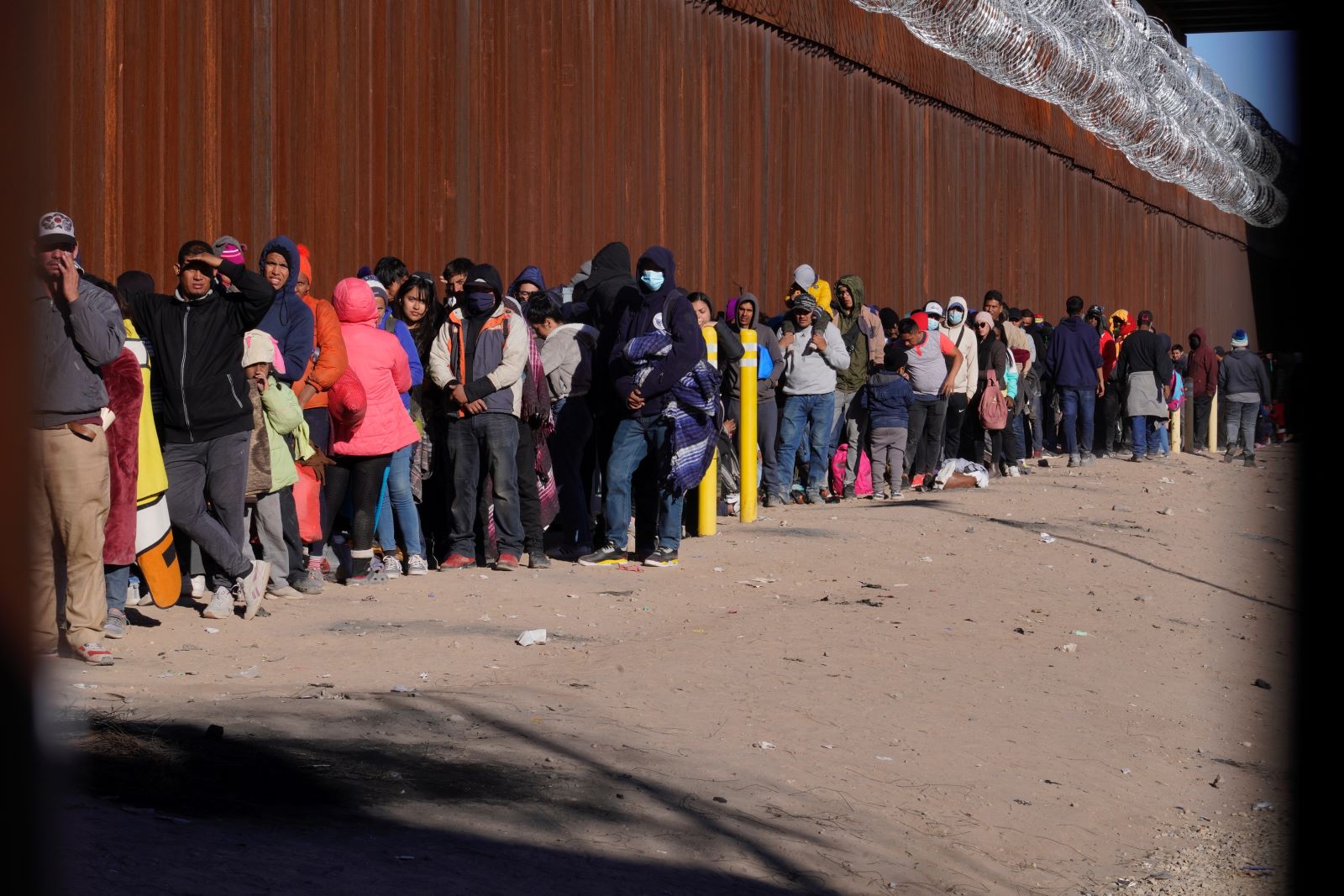
Biden halted further construction of the southern border wall, a signature Trump project, redirecting funds elsewhere and seeking more humane border management solutions.
8. Temporary Protected Status (TPS)

The Biden administration expanded TPS for several countries experiencing ongoing armed conflict, environmental disasters, or extraordinary conditions.
9. Refugee Cap

After criticism from various advocacy groups, Biden increased the annual refugee admissions cap to 125,000, a significant rise from the historically low cap under Trump.
10. Immigration Enforcement Priorities
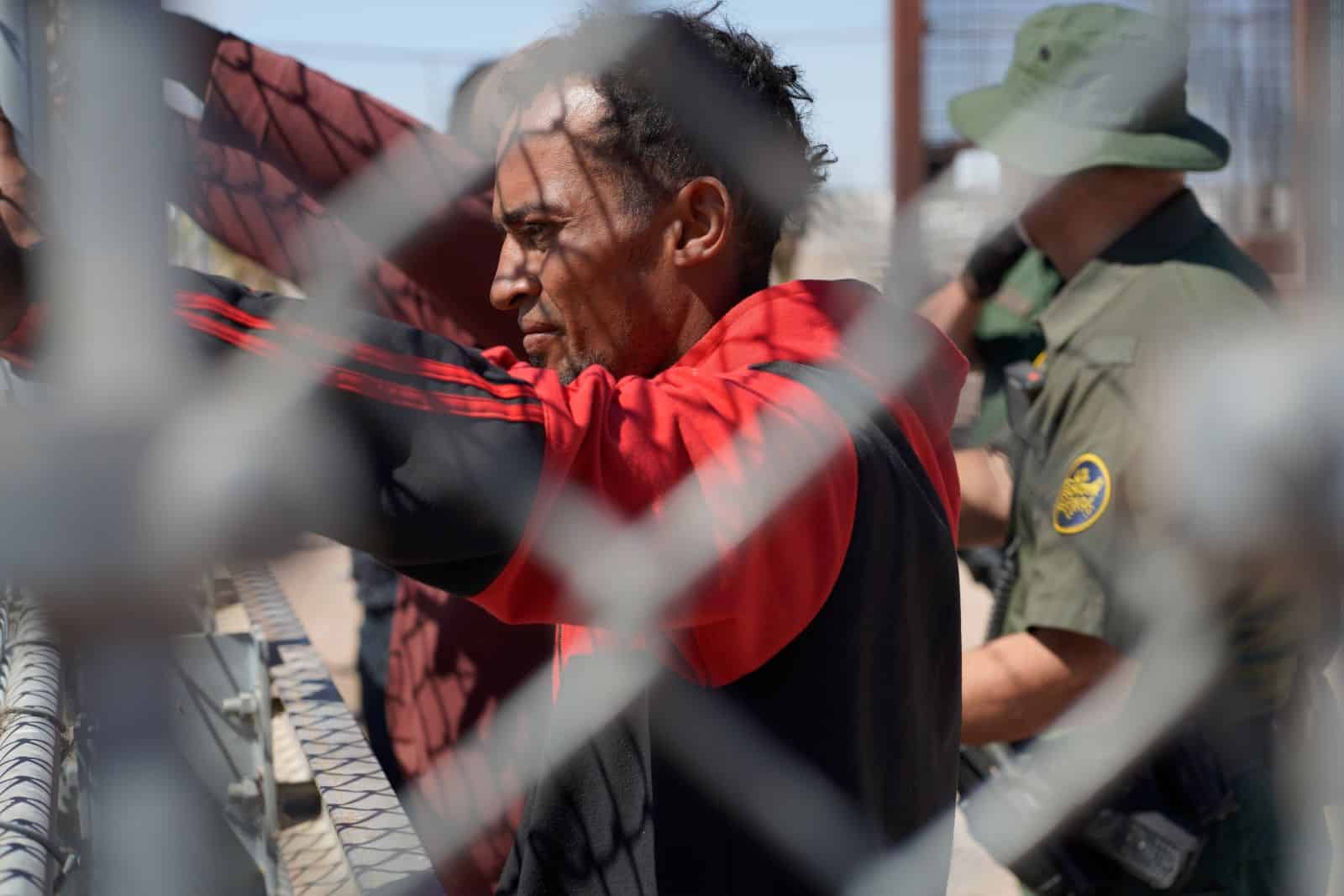
The Biden administration issued new guidelines to prioritize the deportation of immigrants posing national security, border security, or public safety risks.
11. Family Detention

Biden moved away from the long-term detention of migrant families, aiming to release families within 72 hours.
12. ‘Do Not Come’ Messaging

Vice President Kamala Harris faced criticism for telling potential migrants “Do not come” during a visit to Guatemala, reflecting the administration’s struggle to balance humanitarian rhetoric with deterrence.
13. Central American Minors Program

Reinstated by Biden, this program allows certain at-risk youth from Central America to join family members legally residing in the U.S.
14. Asylum System Reforms

Efforts to streamline and humanize the asylum system have been promised, including reducing the backlog of cases and improving the process of applying for asylum.
15. Work Authorization for Asylum Seekers
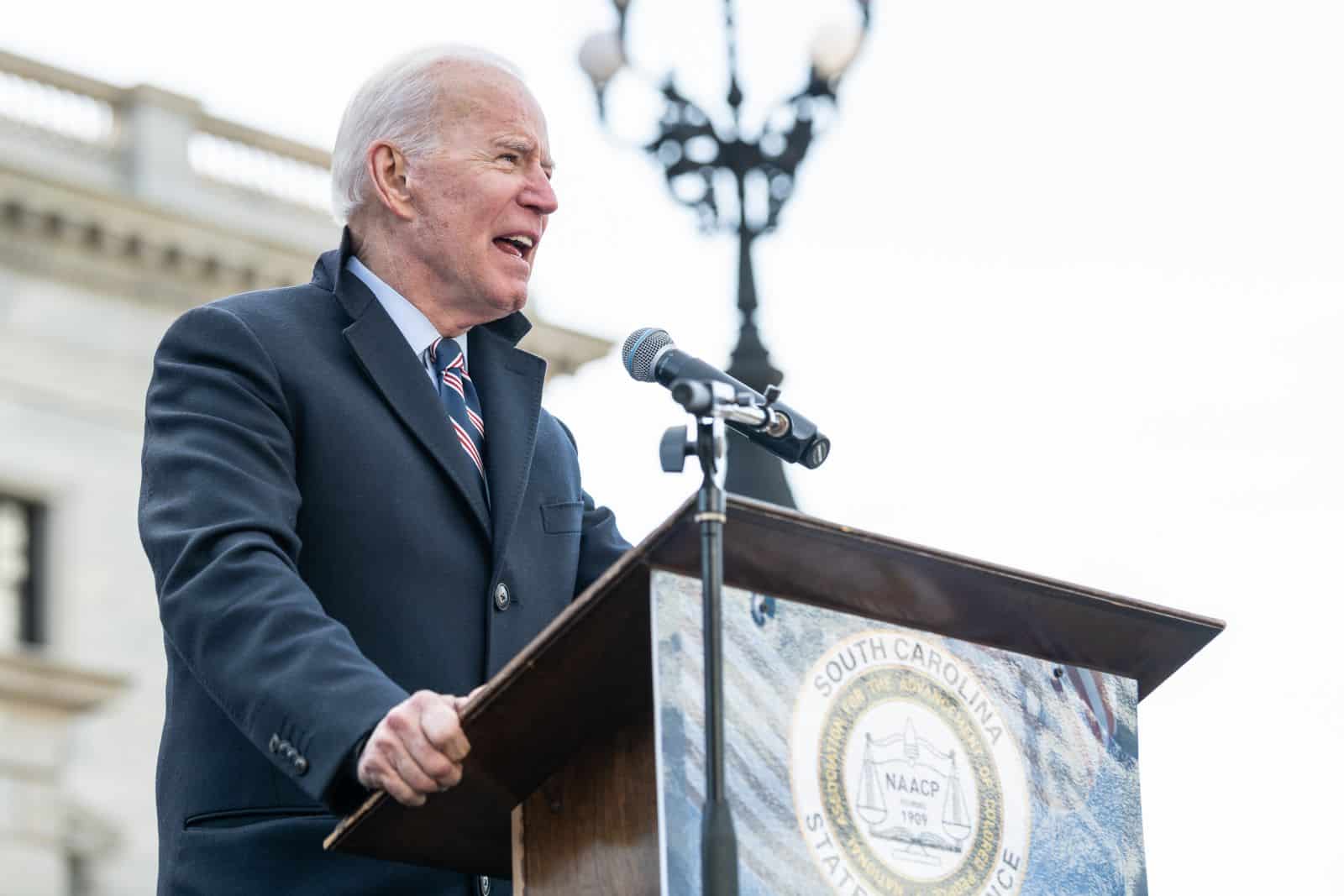
Biden proposed a rule to shorten the wait time for asylum seekers to apply for work authorization from one year to six months.
16. Expansion of Legal Immigration Channels

The Biden administration seeks to expand legal immigration pathways, including for workers, students, and family reunification.
17. Immigration Reform Bill

Biden introduced a comprehensive immigration reform bill to Congress that includes an eight-year pathway to citizenship for undocumented immigrants living in the U.S.
18. COVID-19 Vaccinations for Migrants

The Biden administration began offering COVID-19 vaccinations to migrants at the southern border, addressing public health concerns.
19. Climate Change and Migration

Acknowledging the impact of climate change on migration, Biden’s administration is exploring ways to address the global movement caused by environmental factors.
20. Tech and Surveillance at the Border

While halting the physical wall, Biden has supported the use of technology and surveillance measures to secure the border.
21. Legal Challenges and Court Decisions
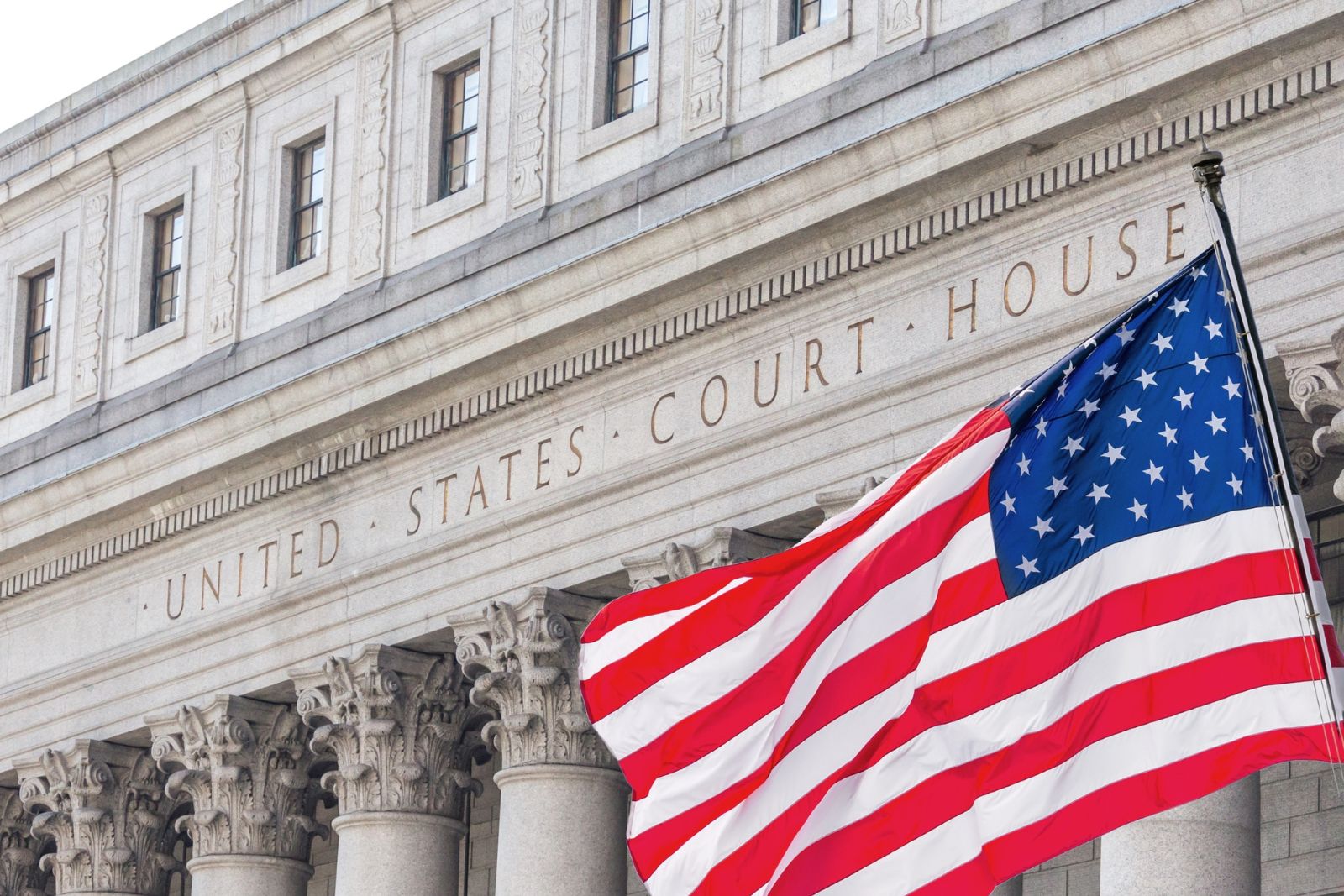
Ongoing legal challenges continue to shape immigration policy, with recent court rulings affecting DACA and other executive measures.
Your Reflection

As you reflect on these points, consider how current policies balance the protection of American citizens with the rights and dignity of those seeking refuge and opportunity. Are these policies driven by a vision of protection or tainted by prejudice? How should America navigate these complex issues to uphold its values as a nation of immigrants?
The post Are Immigration Policies Ensuring Safety or Spreading Xenophobia first appeared on Pulse of Pride.
Featured Image Credit: Shutterstock / Vic Hinterlang.
For transparency, this content was partly developed with AI assistance and carefully curated by an experienced editor to be informative and ensure accuracy.

